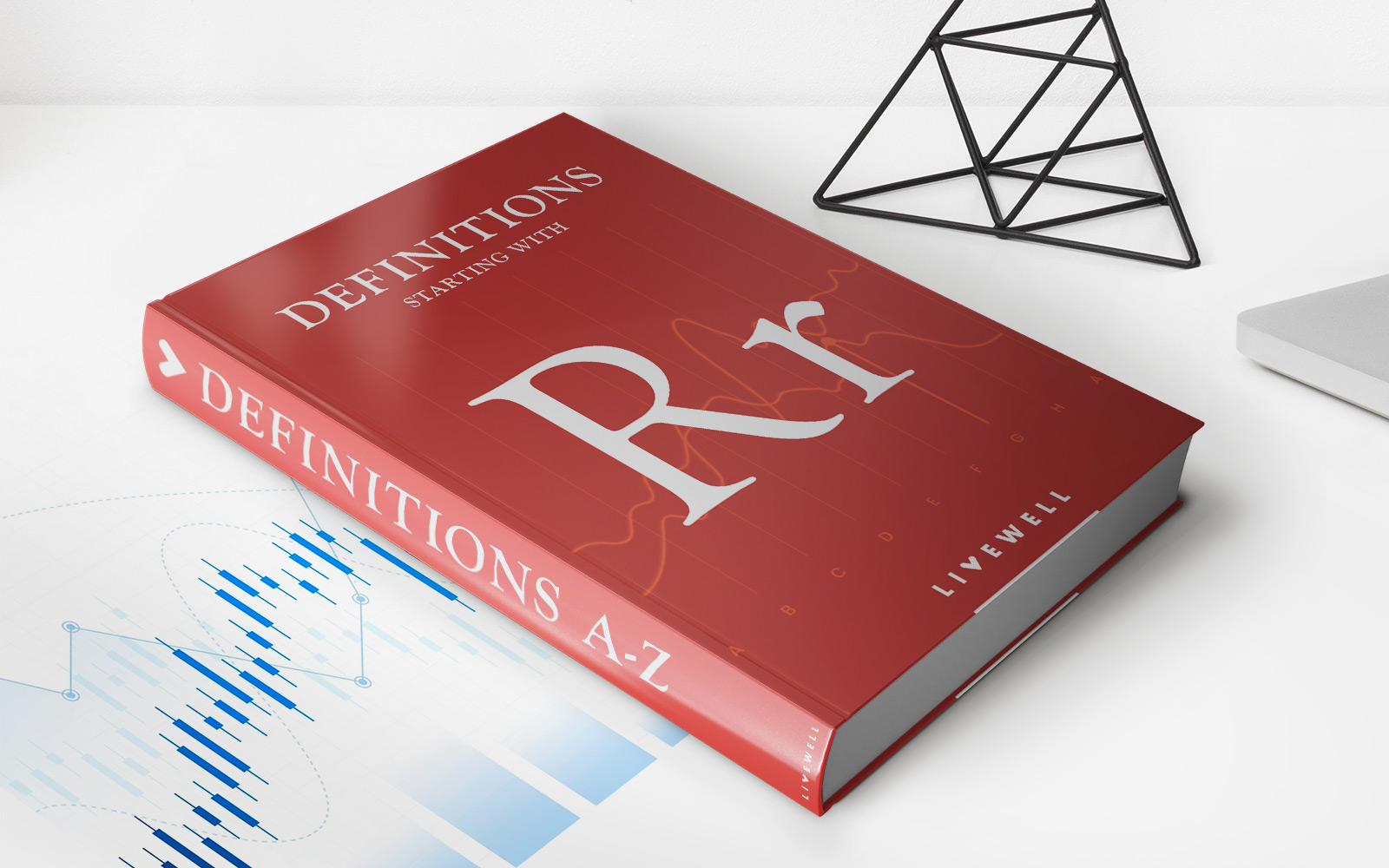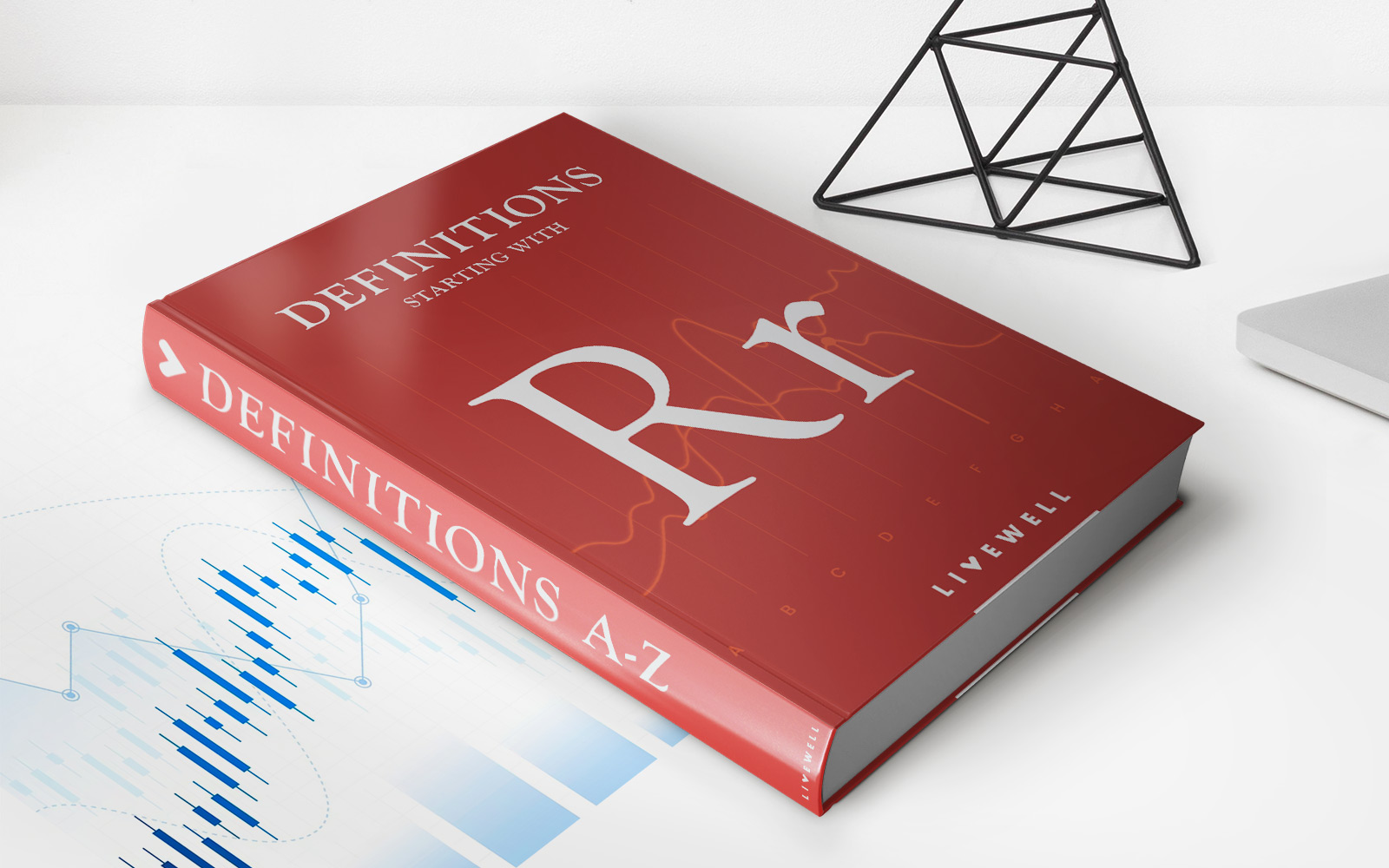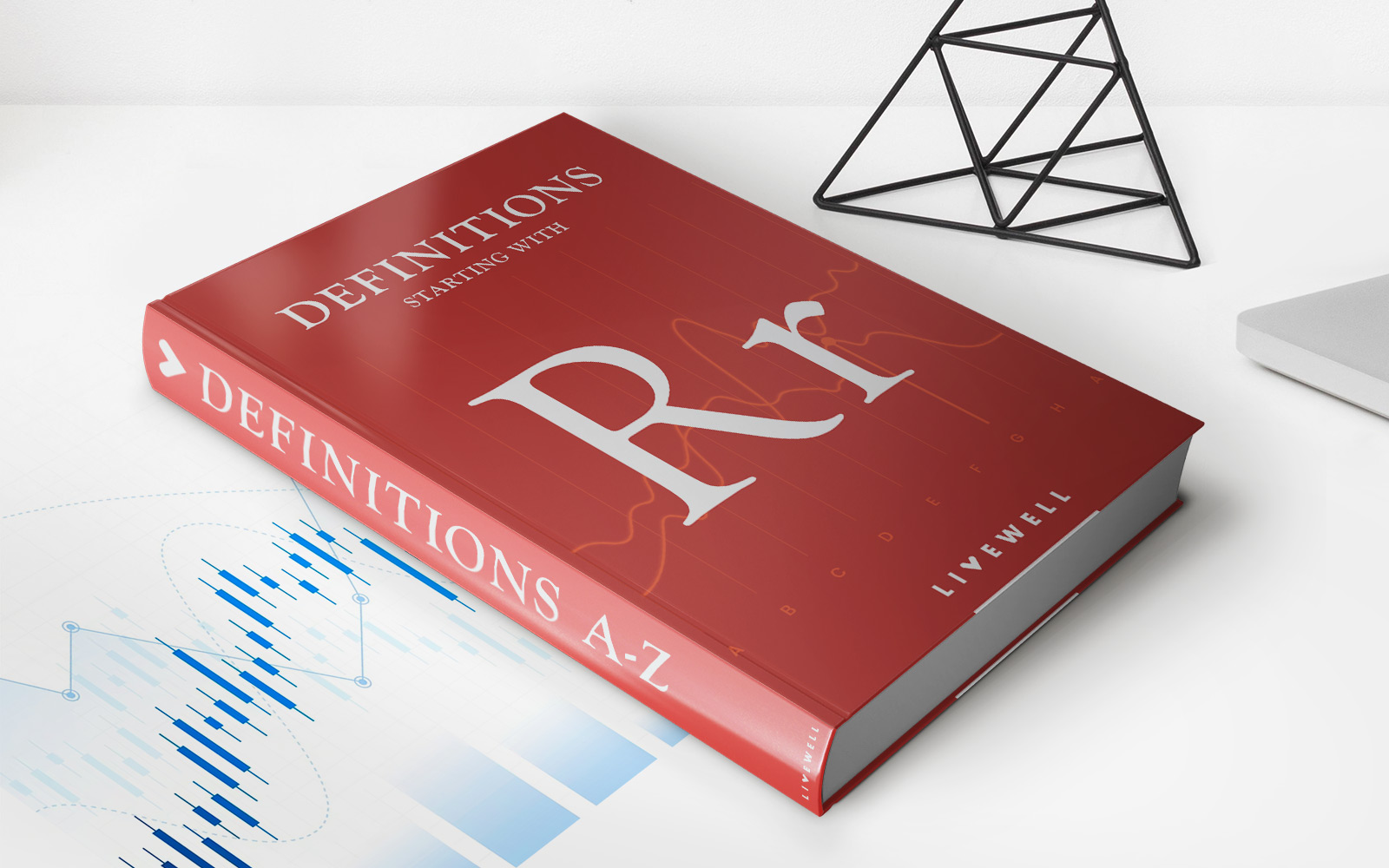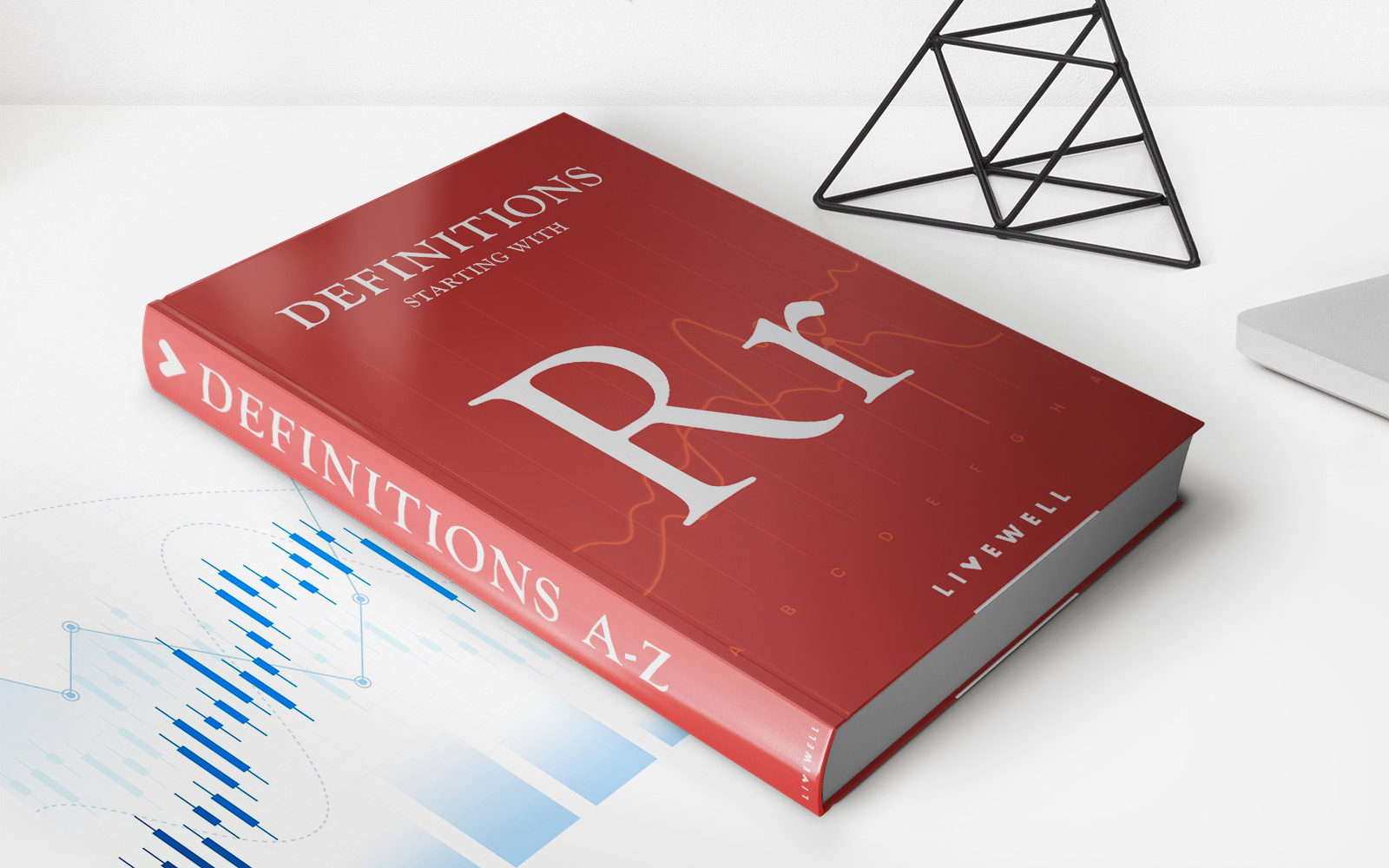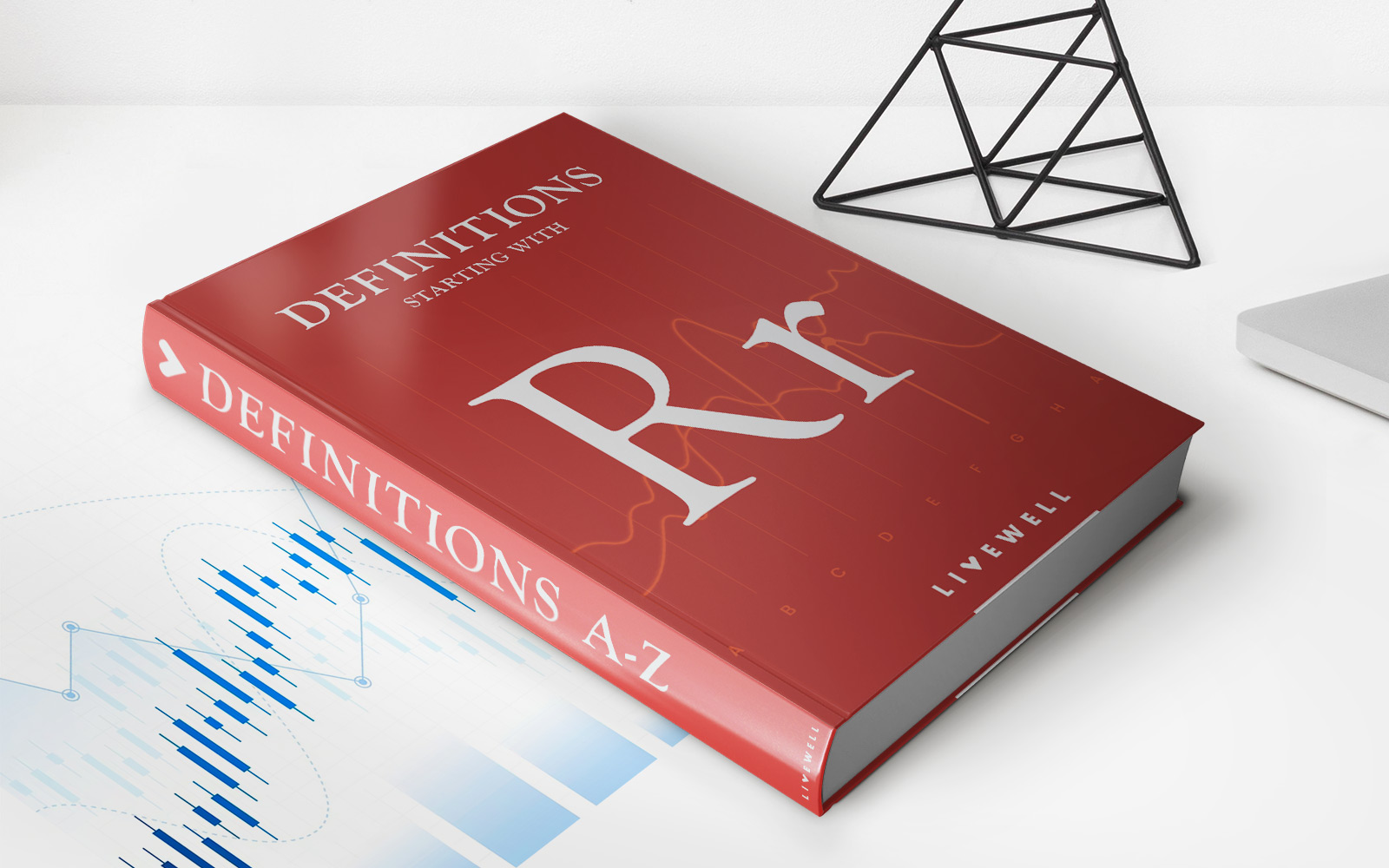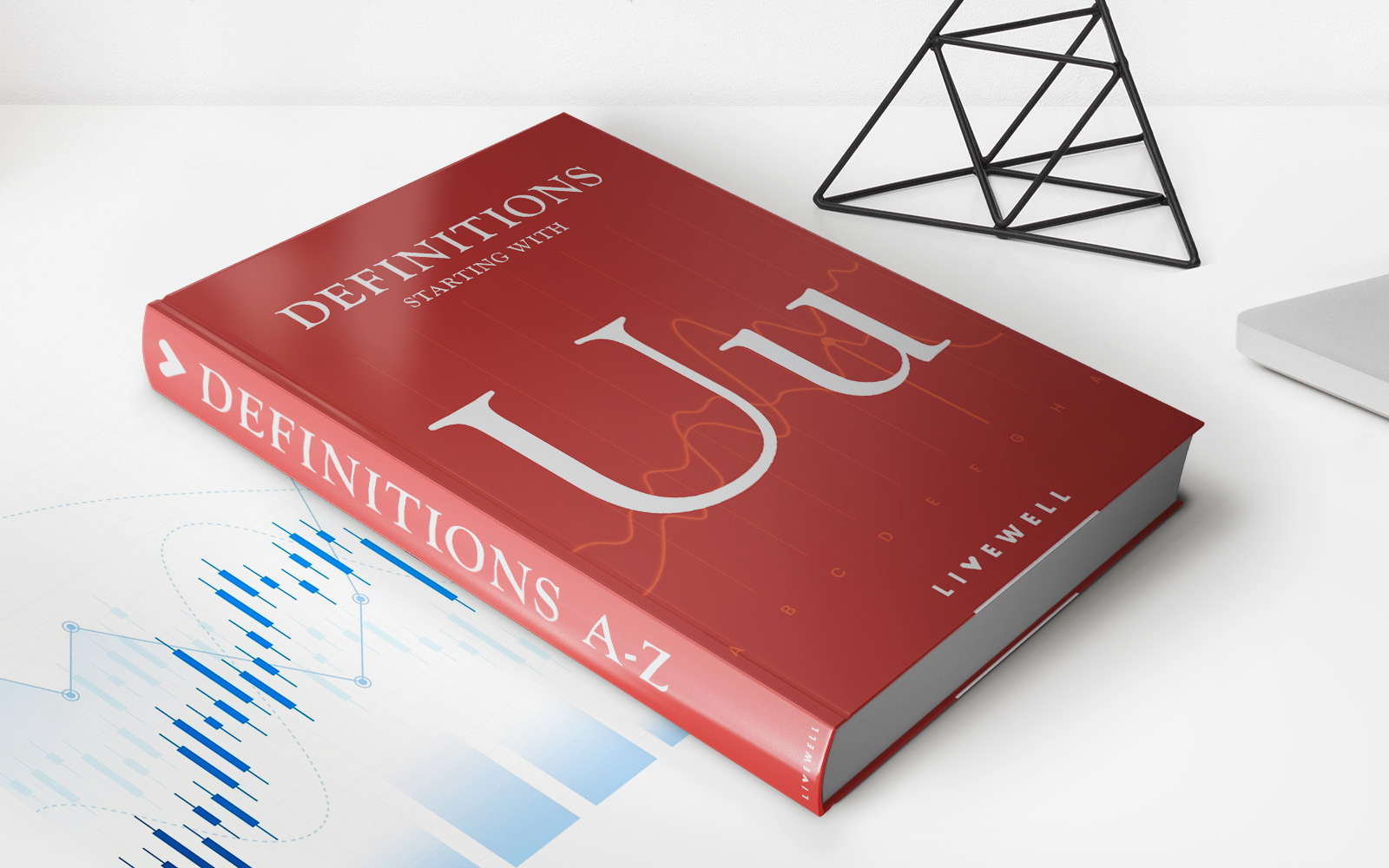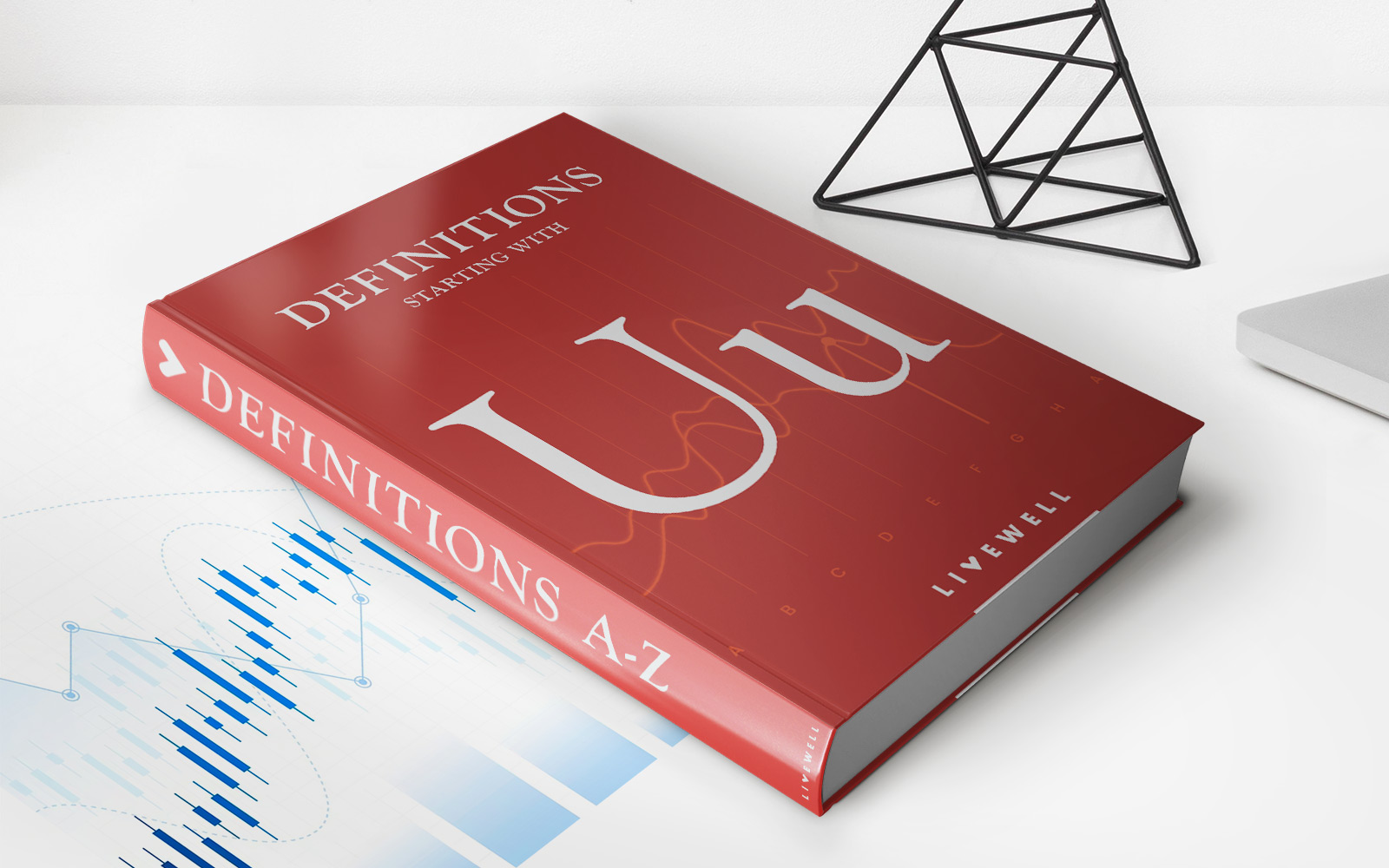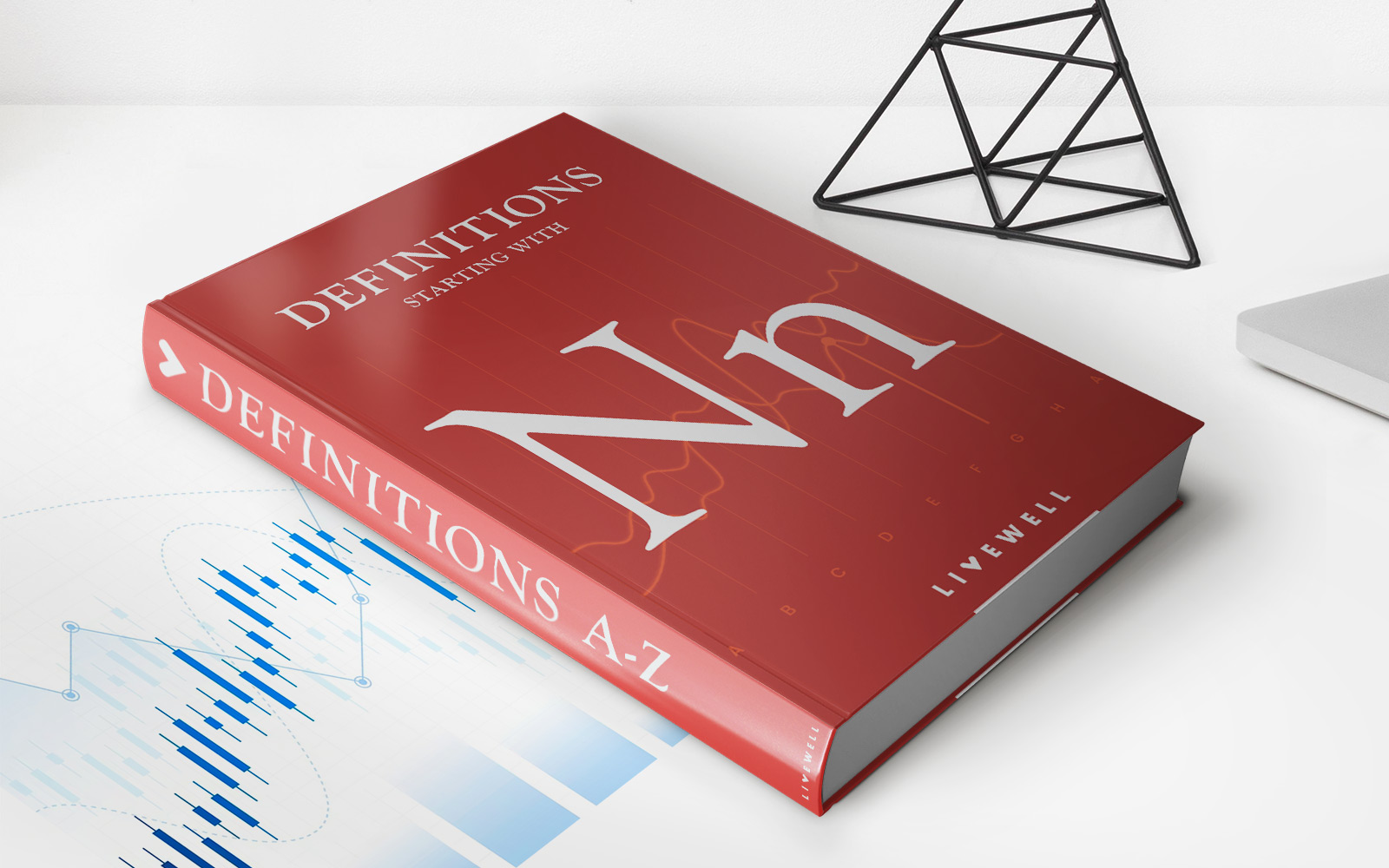Home>Finance>MiFID II: Definition, Regulations, Who It Affects, And Purpose


Finance
MiFID II: Definition, Regulations, Who It Affects, And Purpose
Published: December 25, 2023
Learn about MiFID II, its definition, regulations, and who it affects in the world of finance. Understand the purpose of this important financial regulation.
(Many of the links in this article redirect to a specific reviewed product. Your purchase of these products through affiliate links helps to generate commission for LiveWell, at no extra cost. Learn more)
Understanding MiFID II: Definition, Regulations, Who It Affects, and Purpose
Finance is a vast and complex field, full of acronyms and regulations that can often be challenging to navigate. One such regulation that has gained significant attention in recent years is MiFID II. In this blog post, we will delve into the world of MiFID II: what it is, its key regulations, who it affects, and its purpose. By the end of this post, you’ll have a better understanding of this important financial directive and how it impacts the industry.
Key Takeaways:
- MiFID II is a European financial regulation aimed at increasing transparency and investor protection in financial markets.
- This regulation impacts a wide range of financial institutions, including investment firms, trading venues, and investment intermediaries.
An Overview of MiFID II
First, let’s start with the basics: what is MiFID II? MiFID stands for Markets in Financial Instruments Directive, and it is a regulatory framework established by the European Union (EU) to foster fair and transparent financial markets. MiFID II is an extension of the original directive, which came into effect in 2007. The purpose of MiFID II is to address vulnerabilities that were exposed during the 2008 financial crisis, promoting market integrity and protecting investors in the process.
In the wake of the global financial crisis, regulators recognized the need for increased transparency and control in financial markets. MiFID II was developed to strengthen accountability, reduce market abuse, and standardize regulations across EU member states. It aims to provide a level playing field for all market participants, ensuring fair treatment and protection for investors.
Key Regulations of MiFID II
MiFID II encompasses a wide range of regulations that impact various aspects of the financial industry. Some of the key regulations include:
- Transaction reporting: Investment firms are required to report all transactions executed on regulated markets, multilateral trading facilities, or systematic internalizers. This enables regulatory authorities to monitor market activities for potential abuse.
- Best execution: Investment firms must take all reasonable steps to achieve the best possible outcome for their clients. This includes considering price, costs, speed, and likelihood of execution when executing client orders.
- Product governance: Investment firms must establish a process for approving and periodically reviewing financial instruments, ensuring they meet the needs and interests of the target market.
- Investor protection: MiFID II strengthens investor protection measures by introducing stricter rules for the provision of investment advice and enhancing transparency in the distribution of investment products.
Who Does MiFID II Affect?
MiFID II has a broad reach within the financial industry, impacting various market participants. Here are some of the entities that are affected by this regulation:
- Investment firms: This includes investment banks, asset management firms, and broker-dealers.
- Trading venues: Regulated markets, multilateral trading facilities, and organized trading facilities are subject to MiFID II regulations.
- Investment intermediaries: Entities such as financial advisors, brokerages, and wealth management firms are also affected by MiFID II.
- Market data providers: Companies that provide market data services, such as price feeds and trading analytics, are impacted by the regulation.
All these entities are required to comply with the regulations set forth in MiFID II, ensuring they maintain transparency and protect the interests of their clients.
The Purpose of MiFID II
The primary purpose of MiFID II is to create a more transparent and fair financial marketplace. By enhancing market integrity and protecting investors, MiFID II aims to restore confidence in the financial industry that was shaken during the 2008 financial crisis.
MiFID II also addresses the evolving landscape of financial markets, which have become increasingly technology-driven and complex. The regulation acknowledges the importance of adapting to these changes while ensuring market participants adhere to the highest standards of conduct and ethics.
Overall, MiFID II plays a crucial role in safeguarding the financial markets and protecting investors, contributing to the stability and integrity of the global financial system.
As you delve into the world of finance, understanding regulations like MiFID II is essential. By staying informed about these regulations, investors and financial professionals are better equipped to navigate the complex landscape of financial markets and make informed decisions that safeguard their interests.
